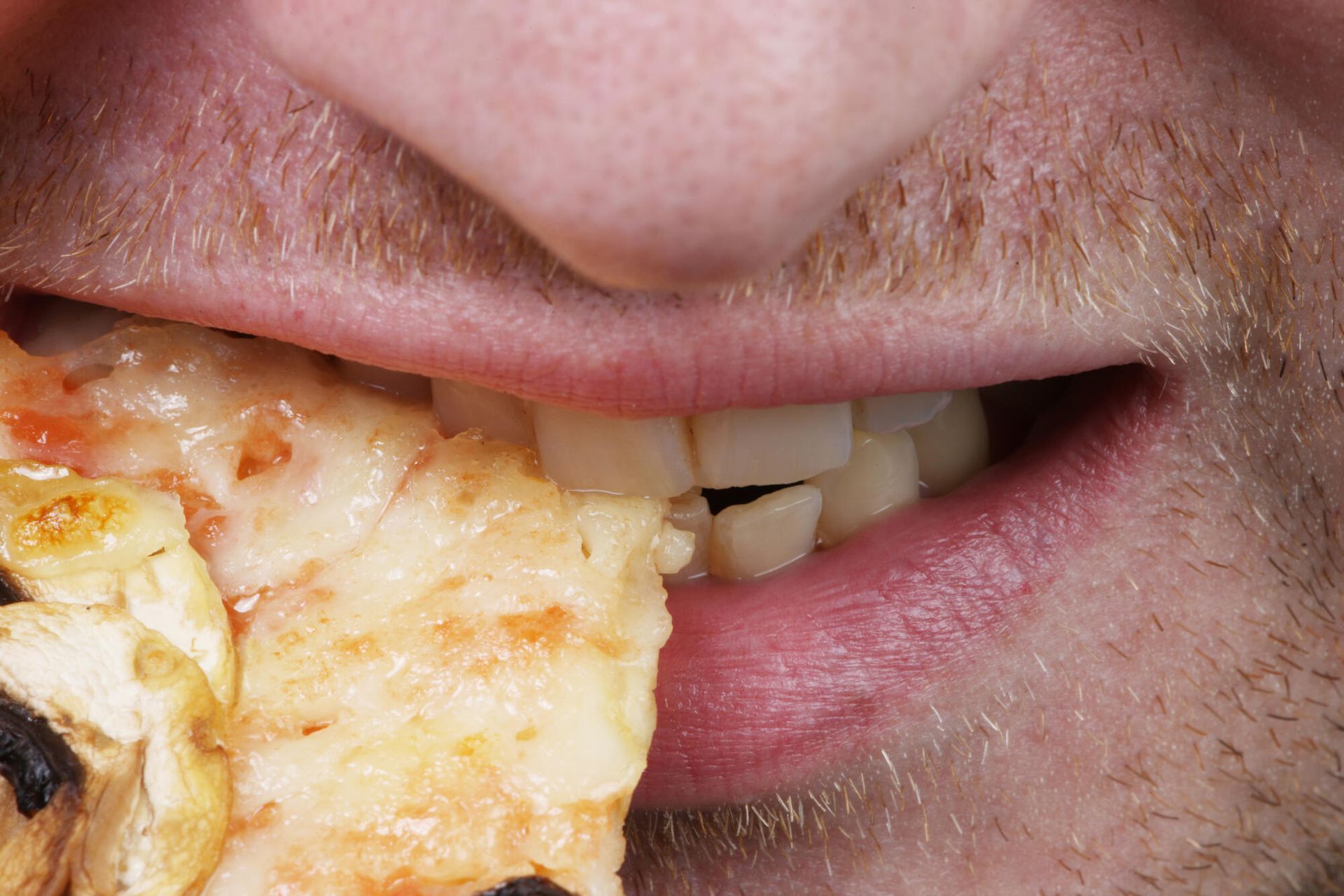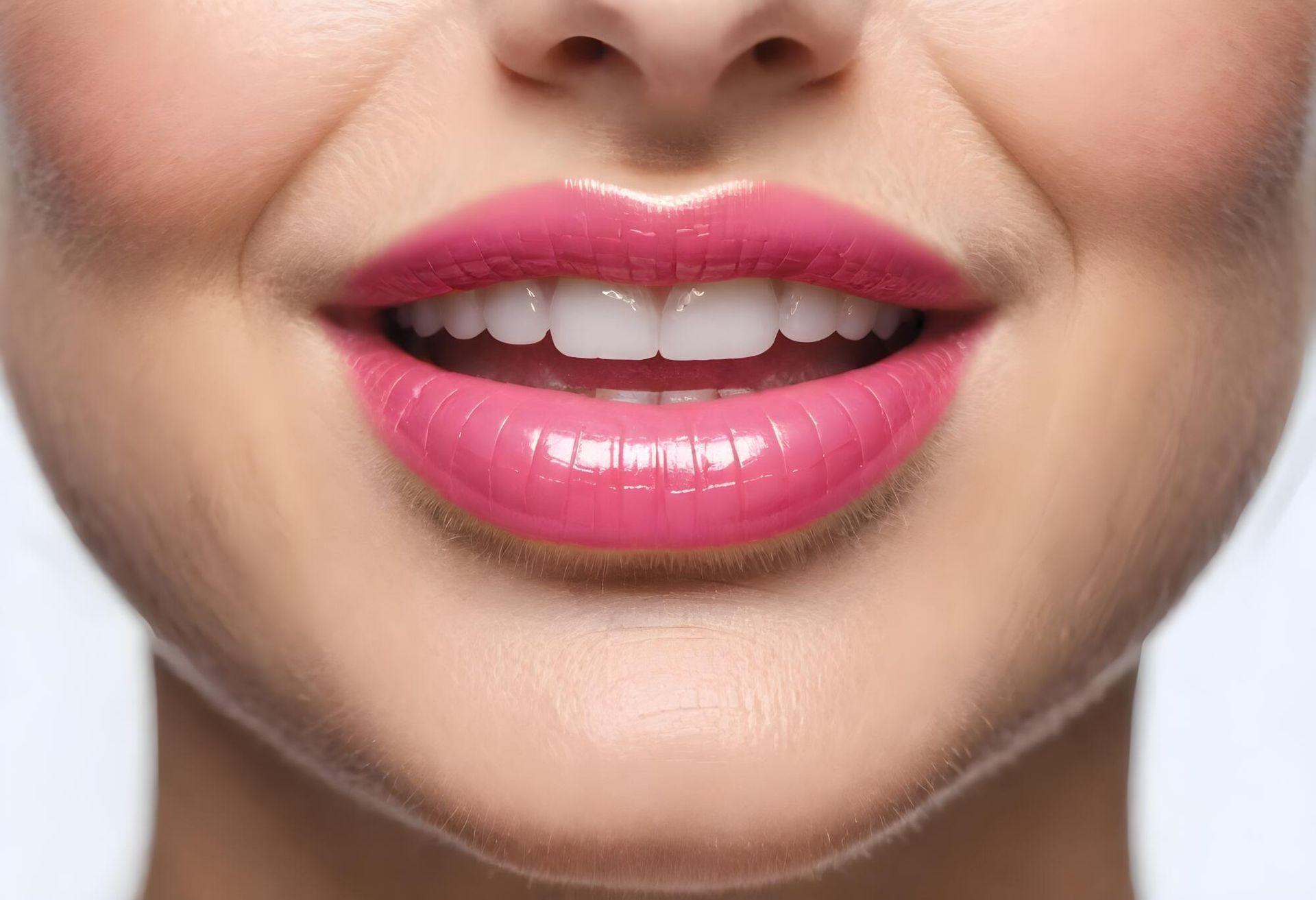TMJ and Facial Aesthetics: Understanding the Connection
It's an unfortunate fact that around 10 million Americans suffer from one or more TMJ disorders, according to Dr. Jasjot Sahni.
The temporomandibular joint is vital for everything from chewing to facial expressions. When the TMJ becomes misaligned or dysfunctional, it can lead to a host of different problems.
One aspect often overlooked is the impact TMJ disorders can have on facial aesthetics. Keep reading to learn about TMJ face distortion and what solutions are available.
Taking Stock of TMJ Disorders
TMJ disorders affect the temporomandibular joint. They can also affect the nearby facial muscles and connective tissues.
TMJ disorders can come about due to different factors. Examples include:
- Jaw injury
- Arthritis
- Teeth grinding
- Structural issues within the joint
The condition can result in pain and discomfort in the jaw, neck, and shoulders and even cause headaches.
TMJ dysfunction can also lead to more subtle yet impactful changes in facial appearance over time. Jaw misalignment, muscle strain, and other factors can all contribute to unwanted alterations in facial symmetry and aesthetics.
Highlighting TMJ Symptoms and Facial Appearance
Some common TMJ symptoms include the following:
- Jaw pain and tenderness
- Difficulty chewing or pain while eating
- Limited range of jaw motion
- Facial swelling or asymmetry
- Headaches or earaches
Many people focus on the discomfort and pain caused by TMJ disorders, but more light should be shed on facial appearance. If you have TMJ-related problems, you may notice different changes.
Facial Asymmetry
Chronic TMJ issues often cause tension or imbalances in the facial muscles. Over time, this can cause one side of the face to appear drooped or distorted compared to the other. It's most evident in the lower half of the face, including the jawline and cheeks.
Sagging Facial Muscles
The facial muscles connected to the TMJ help maintain a youthful and balanced appearance. If the joint is dysfunctional, it can weaken or overwork certain muscles. From there, one can experience sagging in areas like the cheeks or around the mouth.
Hollow Cheeks or a Sunken Appearance
Tension in the TMJ and facial muscles can thin or tighten the masseter muscles, causing a hollow or sunken appearance.
Changes to the Jawline
Over time, TMJ disorders can affect the shape and contour of your jawline. As the muscles in the jaw work improperly or overcompensate for a dysfunctional TMJ, the jawline may look less defined or appear uneven.
These changes can make you look tired, stressed, or older than you are. Beyond the physical discomfort, TMJ issues can affect self-confidence due to these aesthetic concerns.
The Role of Facial Muscles in TMJ and Appearance
The health of the TMJ directly impacts the facial muscles. The masseter, temporalis, and other muscles work in harmony to allow you to chew, speak, and more.
Still, TMJ dysfunction can place excessive strain on these muscles, leading to muscle fatigue, tension, and even atrophy. It impacts your physical comfort and alters your appearance over time.
When the masseter muscles become overworked, they can appear enlarged, giving the face a boxier or bulkier look. The face may appear sunken or gaunt if these muscles weaken or atrophy due to lack of proper use.
As a result, the general facial structure becomes imbalanced. This is why the connection between TMJ and facial aesthetics runs so deep.
Considering TMJ Treatment Options and Jaw Pain Relief
If you are dealing with TMJ-related facial distortions or pain, there are several TMJ treatment options available to improve both functionality and appearance. Addressing TMJ issues can provide jaw pain relief while helping to restore facial harmony.
Are you curious about non-surgical treatments?
Jaw Exercises and Physical Therapy
Strengthening and stretching the muscles around the TMJ can help relieve tension and improve mobility. Medical personnel who specialize in TMJ disorders can show you helpful exercises to reduce pain and restore facial-muscle balance.
Oral Appliances
Custom-made splints or mouthguards can help reposition the jaw and alleviate pressure on the TMJ. These devices, often worn at night, can prevent teeth grinding and reduce the strain placed on the jaw muscles during sleep.
Medications
Nonsteroidal anti-inflammatory drugs or muscle relaxants can reduce inflammation and alleviate jaw pain. In some cases, corticosteroid injections may be used to relieve severe joint inflammation.
Botox Injections
Botox can be used to relax overactive facial muscles, particularly the masseter muscles, which may become enlarged in people with TMJ dysfunction. By reducing muscle activity, Botox can relieve jaw pain and help slim the lower face. From there, you can enjoy a more balanced and aesthetically pleasing appearance.
For severe cases of TMJ dysfunction, surgical intervention may be necessary to correct the underlying issues within the joint.
Arthrocentesis
This minimally invasive procedure involves flushing out the TMJ to remove debris and reduce inflammation. It can help improve jaw mobility and reduce pain.
TMJ Arthroscopy
In this procedure, a medical professional will put a small camera in the joint to take a closer look at the TMJ. You can rely on them to perform necessary repairs, such as removing scar tissue or repositioning the joint structures.
Open-Joint Surgery
For more severe cases, open-joint surgery may be needed to repair or replace the joint. Doctors often suggest this only when other treatments have failed to provide relief.
Restoring Facial Aesthetics Through TMJ Treatment
By solving the root cause of TMJ disorders, you can not only achieve jaw pain relief but also improve the appearance of your face. Restoring balance to the TMJ and facial muscles can reverse the aesthetic issues caused by dysfunction. Doing this can help you regain facial symmetry, a more defined jawline, and more.
It's Possible to Solve TMJ Face Distortion
Now that you know the connection, you can speak with your doctor about addressing TMJ face distortion.
Dental Care Burke offers TMJ and TMD dentistry solutions. Our team has earned plenty of certifications and qualifications, including DMD, FAGD, and LVIF.
Everything starts with a detailed and tailored consultation, so schedule one with the Dental Care Burke Team today.












